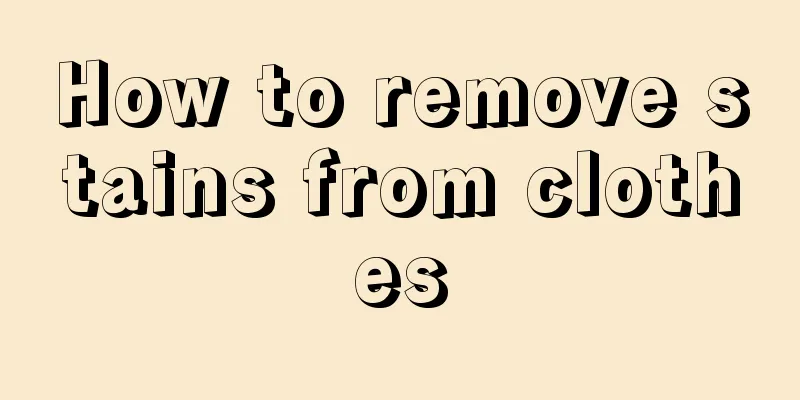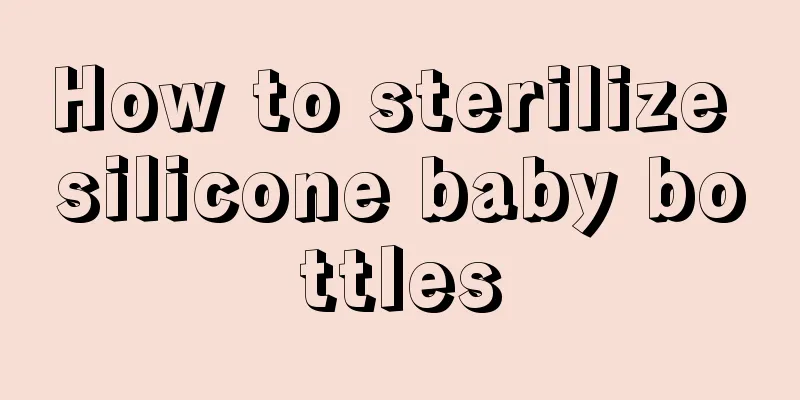How to remove stains from clothes

|
We all know that clothes are made of cotton material and are easily stained, especially for friends who do not pay attention to hygiene. We recommend that you pay attention to the cleaning methods of stains in your life, so as to ensure that our clothes are bright and new. Generally speaking, in our daily life, we should choose the corresponding cleaning method according to the stains on clothes in order to completely remove the stains. 1. To wash red ink stains on clothes: wash new stains with cold water first, then soak them in warm soapy water for a while, and then rinse with clean water; old stains can be washed with detergent first, and then rubbed with 10% alcohol solution to remove them. 2. Ink stains: Mix rice grains and detergent, apply it to the stained part and rub it, then rinse it with clean water; you can also use a solution made of one part alcohol and two parts soap to apply it repeatedly, which also has good results. 3. Ballpoint pen stains: First, you need to check what material the clothes are made of. The general practice is to put a towel under the stain, use a small bristle brush dipped in alcohol to gently scrub it. After the stain has dissolved and diffused, soak the clothes in cold water, apply soap and gently scrub it. Repeat this two or three times and the ballpoint pen oil can be basically removed. If there are still a small amount of residues after washing, you can remove them by soaking or boiling them in hot soapy water. This method can be used for cotton and cotton-polyester fabrics. If the woolen material is stained with ballpoint pen oil, first soak the stain in a mixed solution of trichloroethylene and alcohol (in a ratio of two to three) for 10 minutes, while constantly brushing it gently with a brush. After most of the oil stains are dissolved, wash it with low-temperature soapy water or neutral laundry detergent. 4. Mildew stains: wipe with 2% soap and alcohol solution, then wipe with 3%-5% sodium hypochlorite bleach or hydrogen peroxide, and finally wash. 5. Sweat stains: When clothes are stained with sweat, yellow spots will easily appear over time. If there are sweat stains, soak the clothes in 5% salt water for 1 hour, then slowly rub them clean. 6. Wool sweaters are contaminated: dissolve neutral soap liquid in boiling water and add a tablespoon of borax. When the temperature drops to 60 degrees, soak the wool sweater in the soap liquid for three or four hours. Then gently rub it in warm water of 40-50 degrees, and finally rinse it with warm water. If there are still some stains that cannot be washed off, you can use soap solution and two tablespoons of turpentine to make an emulsion for washing. After washing, let the sweater dry naturally. When it is mostly dry, you can use a not too hot iron through a layer of cloth to iron it dry and flatten it, and then hang it in the sun for a while. The above tells us in detail how to remove stains from clothes. I hope that after reading it, you will know how to clean the stains and keep your clothes white. For those of you who pay more attention to your image, we recommend that you pay special attention to the cleaning methods of stains in your life, so that you can keep your image perfect. |
<<: How to remove oil stains from clothes
>>: How to remove oil stains from clothes
Recommend
What are the traditional Chinese medicines for treating bone cancer
In clinical treatment, the treatment of bone canc...
Is there anyone who has inherited gallbladder cancer?
To understand whether gallbladder cancer is hered...
How are ovarian tumors classified
The general term for ovarian swelling, enlargemen...
How to quickly relieve itchy skin
In daily life, people often encounter the problem...
What supplements to take after esophageal cancer surgery
The arrival of esophageal cancer is very harmful ...
What are the uses and effects of massage cream
Because people often need to stay up late to work...
What to do if there is a black scar on the foot
The most annoying thing in summer is that there a...
What are the characteristics of people with well-developed cerebellum?
The human brain is composed of many parts, includ...
What kind of tea can reduce internal heat and detoxify?
Summer is hot and the temperature is high. Many p...
The complications after esophageal cancer surgery are mainly manifested in the following aspects
Surgery for esophageal cancer is a commonly used ...
Why do I blush when I exercise?
Some people blush when they exercise, so this sym...
Some precautions for colorectal cancer patients after discharge
After a series of treatments such as surgery, rad...
What is likely to cause lung cancer? How to treat advanced lung cancer?
During outdoor sports, due to the presence of har...
Is it expensive to treat hamartoma?
There are so many types of diseases nowadays, and...
What foot wash can remove foot odor
People with smelly feet will attract strange look...









